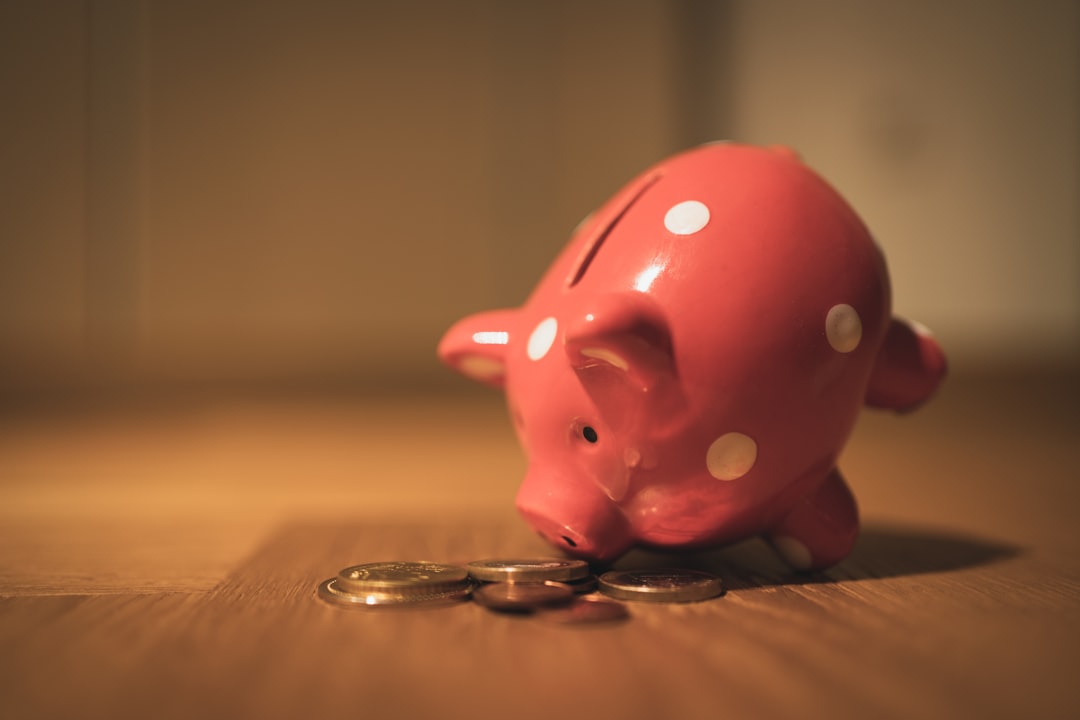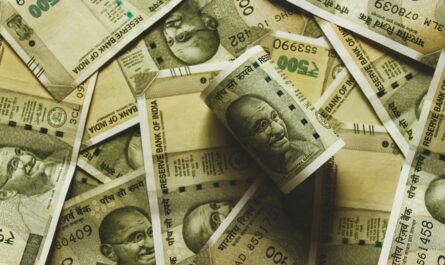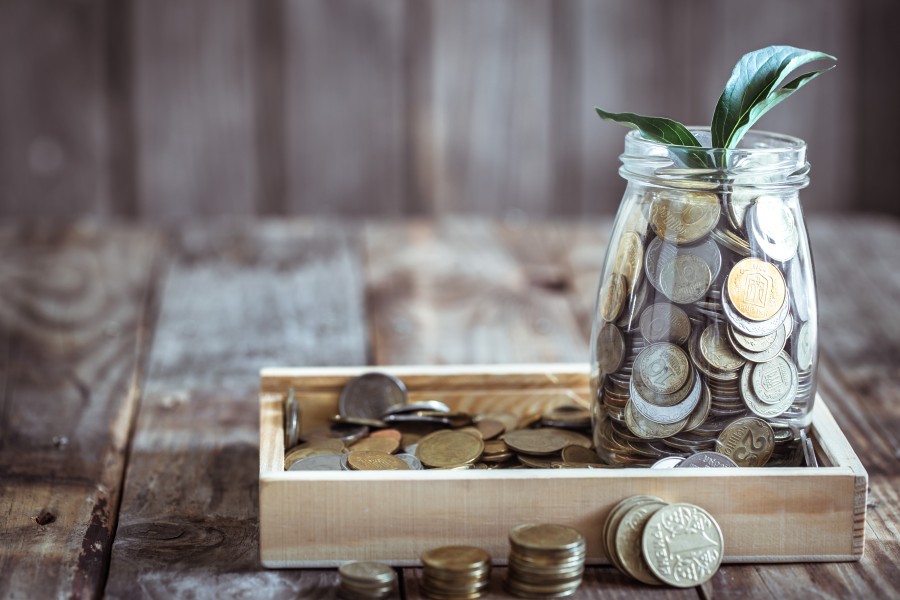When it comes to investing in fixed deposits (FDs), the tenure you choose plays a crucial role in determining the interest rate you’ll earn. Airtel Finance offers a range of FD options with varying tenures and competitive interest rates. Let’s dive into how your FD tenure affects returns and explore strategies to make the most of your investment.
Understanding the Tenure-Interest Rate Relationship
The general rule of thumb is that longer fixed deposit tenure benefits interest rates compared to shorter ones. This is because banks and financial institutions use long-term deposits to fund their own lending operations, incentivising investors to commit their funds for extended periods.
For instance, let’s say you’re considering investing ₹1 lakh in an FD. Here’s how the FD tenure and interest rates are linked:
|
Tenure |
Interest Rate |
|
6 months |
5.50% |
|
1 year |
6.00% |
|
2 years |
6.50% |
|
3 years |
7.00% |
As you can see, the longer you choose to invest your money, the higher the interest rate you can expect to earn.
Factors Influencing Your FD Tenure Benefits
When deciding on the best tenure for your FD, consider the following factors:
- Financial Goals: If you have short-term goals or need access to your funds within a year, shorter FD tenures might be more suitable. On the other hand, if you’re saving for long-term objectives like retirement or your child’s education, longer tenures can help you maximise your returns.
- Liquidity Needs: While FDs offer stability and guaranteed returns, they may have limited liquidity. If you anticipate needing access to your funds before the FD matures, opt for shorter tenures or consider laddering your FDs to ensure a balance between liquidity and higher interest rates.
- Interest Rate Trends: Keep an eye on the prevailing interest rate environment. If rates are expected to rise in the near future, you might consider shorter tenures to have the flexibility to reinvest at higher rates later. Conversely, if rates are predicted to fall, locking in your funds for a longer tenure could be advantageous.
Maximising Your FD Returns
To make the most of your FD tenure and interest rates, consider the following strategies:
1. Laddering Your FDs
FD laddering involves dividing your investment across multiple FDs with different maturities. This approach allows you to benefit from higher interest rates on longer tenures while maintaining liquidity by having a portion of your funds mature at regular intervals.
For example, instead of investing ₹5 lakhs in a single 3-year FD, you could split it into five ₹1 lakh FDs with tenures of 1, 2, 3, 4, and 5 years. As each FD matures, you can either reinvest it at the prevailing rates or use the funds as needed.
2. Comparing Interest Rates
FD tenure and interest rates can vary significantly across banks and financial institutions. Before investing, compare the rates offered by different providers to ensure you’re getting the best deal. Don’t forget to factor in any additional benefits, such as higher rates for senior citizens or special promotions.
You can easily compare FD interest rates using Airtel Finance’s FD interest rate calculator. Simply enter the amount you wish to invest and the tenure, and the calculator will show you the expected returns.
3. Considering Tax Implications
Interest earned on FDs is taxable as per your income tax slab. However, there are ways to optimise your tax liability:
- Invest in tax-saving FDs with a 5-year lock-in period to claim deductions under Section 80C of the Income Tax Act.
- If your total interest income from FDs and other sources is below the taxable limit, submit Form 15G (for individuals below 60 years) or Form 15H (for senior citizens) to avoid TDS deduction.
Real-Life Scenarios: Choosing the Right FD Tenure
Let’s look at a couple of real-life scenarios to understand how FD tenure and interest rates are connected and how to make the best of it:
Scenario 1: Emergency Fund
Rajesh, a 35-year-old IT professional, wants to create an emergency fund that covers his family’s expenses for six months. He has ₹3 lakhs to invest and wants to ensure easy access to his funds in case of unforeseen circumstances.
In this case, Rajesh could consider investing in a short-term FD with a tenure of 6-12 months. This would provide him with a higher interest rate compared to a savings account while still allowing quick access to his funds when needed.
Scenario 2: Long-Term Wealth Creation
Priya, a 28-year-old entrepreneur, has ₹10 lakhs that she wants to invest in the long term to build wealth. She’s comfortable locking in her funds for an extended period and doesn’t anticipate needing the money anytime soon.
For Priya, investing in a longer-tenure FD, such as a 3-5-year FD, could be a smart choice. This would allow her to benefit from higher interest rates and compound her returns over time. She could even consider laddering her investment across multiple FDs to balance long-term growth with periodic liquidity.
Making Informed FD Tenure Decisions
Understanding how FD tenure affects the returns you earn is crucial for making informed investment decisions. You can maximise your returns and achieve your objectives by aligning your tenure choice with your financial goals, liquidity needs, and the prevailing interest rate environment.
Airtel Finance offers a range of Fixed Deposit options with competitive interest rates and flexible tenures to suit your unique requirements. Explore their best tenure for FD, use the interest rate calculator to compare returns, and start investing today to make the most of your savings!
FAQs
- What happens if I need to withdraw my FD before maturity?Premature withdrawal of an FD usually attracts a penalty, and the interest rate may be lowered. However, some banks offer partial withdrawal facilities or loans against FD options to provide liquidity without breaking the entire deposit.
- Can I choose fixed deposit interest by tenure?Banks and financial institutions offer FDs with predefined tenures, such as 6 months, 1 year, 2 years, and so on. You can choose fixed deposit interest by tenure based on your investment horizon and goals.
- How does the interest rate differ for senior citizens?Most banks offer higher interest rates on FDs for senior citizens, typically 0.25% to 0.50% above the regular rates. This can help senior citizens earn better returns on their savings.
- Is the interest earned on FDs taxable?Yes, interest earned on FDs is taxable as per your income tax slab. If your total interest income exceeds ₹40,000 in a financial year (₹50,000 for senior citizens), the bank will deduct TDS (Tax Deducted at Source) before crediting the interest to your account.
- What documents do I need to open an FD account?To open an FD account, you typically need to provide proof of identity (such as a PAN card or Aadhaar card), proof of address (such as utility bills or passport), and a recent photograph. Some banks may have additional requirements, so it’s best to check with your chosen provider. Airtel Finance has a simple and transparent documentation process for opening FDs.


 Get App
Get App  Airtel Store
Airtel Store  Login
Login 

